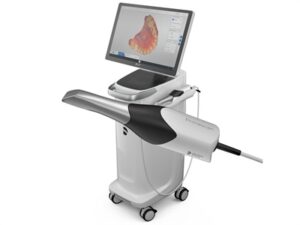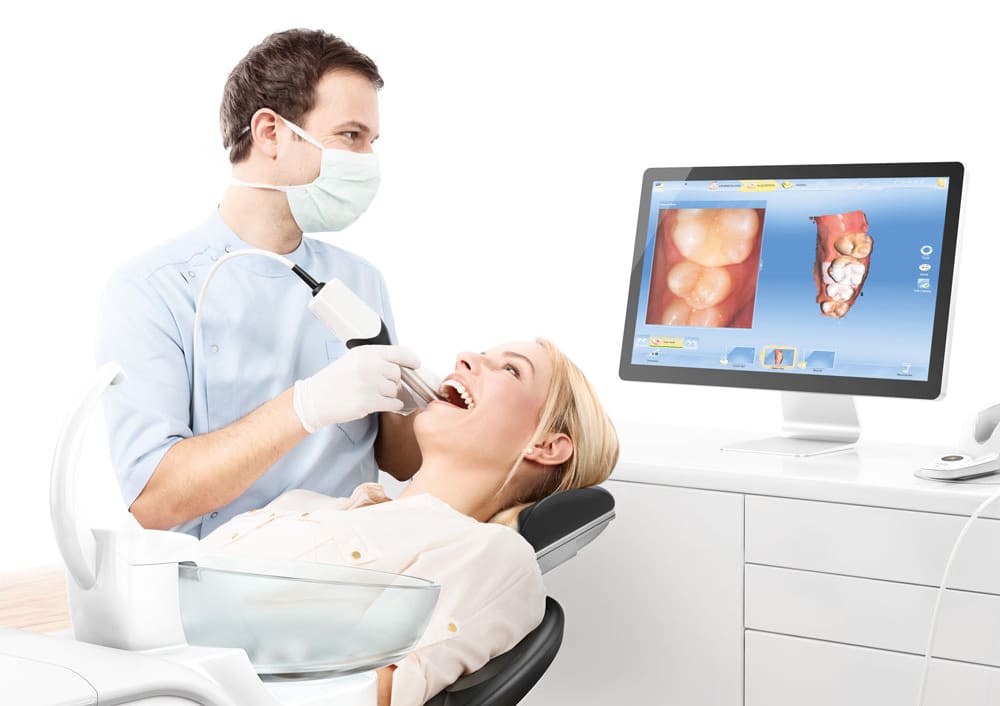New technologies are essential for the growth and progression of any industry. The dental restoration industry is a prime example. With the invention of intraoral scanners (IOSs) and digital image files, dental labs have the ability to create more accurate and efficient products for dentists and their patients. However, as with all things new, a certain level of planning and understanding is necessary for a successful implementation.
Some issues that need to be looked into when implementing new intraoral scanners are the risk of cross-contamination, necessary calibrations and transferring files. To help prevent cross-contamination, the CDC states that steam sterilization of the IOS tip using an autoclave is the standard for microbe eradication.
 The precision required by an IOS is highly dependent on proper calibration of the device. That precision can sometimes be hindered by a limited number of trained operators with calibration responsibilities. In a high-volume dental institution, more calibrations could be necessary due to vibrations during transport, relocation and dropping the device. Some newer technology allows for auto-calibration through the scanner manufacturer’s server, but most still require manual calibration.
The precision required by an IOS is highly dependent on proper calibration of the device. That precision can sometimes be hindered by a limited number of trained operators with calibration responsibilities. In a high-volume dental institution, more calibrations could be necessary due to vibrations during transport, relocation and dropping the device. Some newer technology allows for auto-calibration through the scanner manufacturer’s server, but most still require manual calibration.
When the intraoral scanning is done in a different location than the fabrication of the restorative product, secure file transfers of those digital image files are necessary through a properly stored and encrypted method. Find out more about how ABS and Evolution dental lab management software can help your lab accept these files safely and securely through our EvoDOCTOR Portal. We manage these files with the utmost sensitivity to avoid data breaches in patient information.
Incorporating IOSs into your dental practices can be a complex process requiring many moving parts. To avoid sometimes frustrating and costly mishaps, you should discuss developing an effective strategy with your network of professionals prior to implementing these new digital dentistry technologies.






 Customer Login
Customer Login